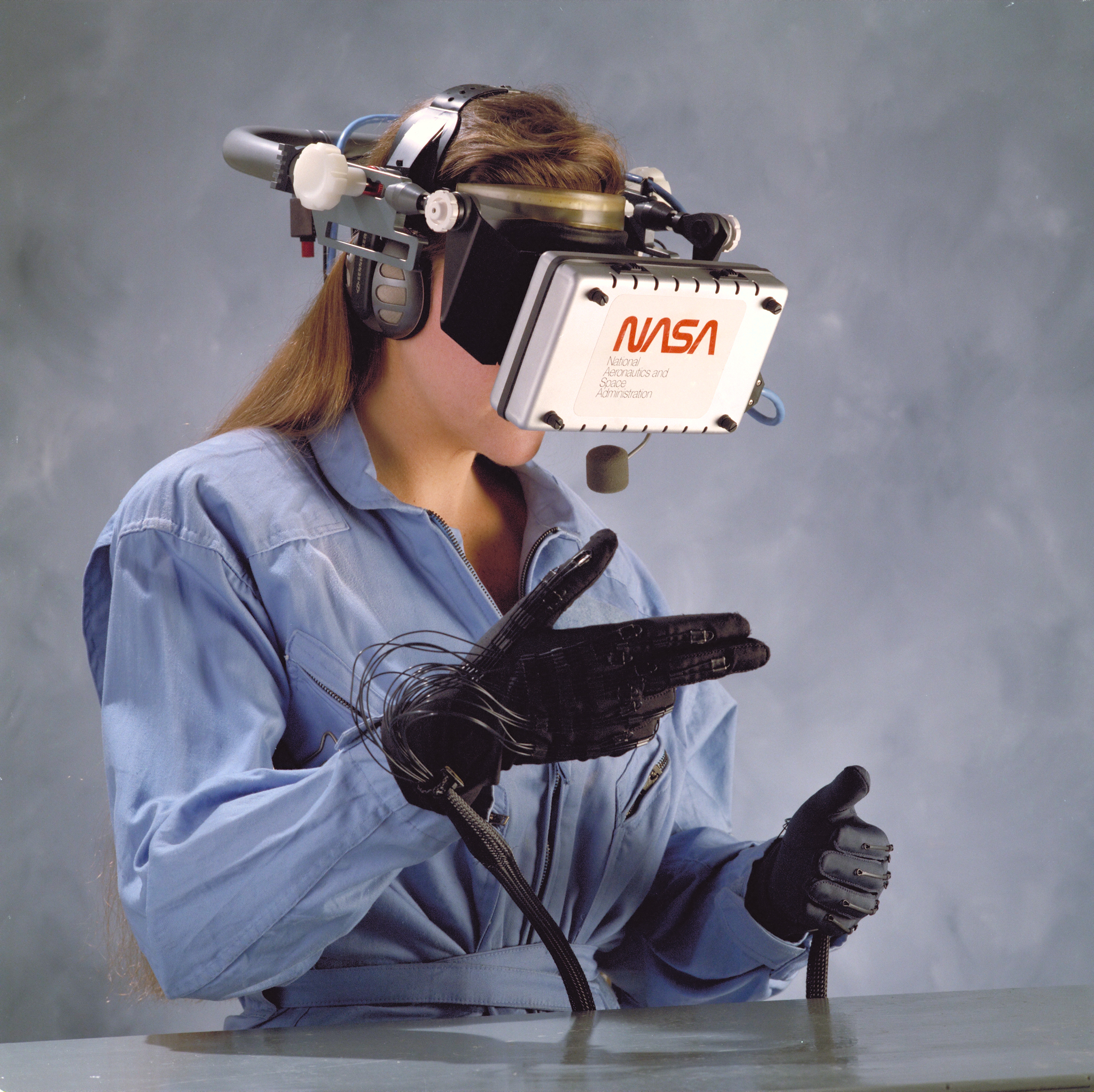Tube Rank: Your Guide to Video Success
Discover tips and insights for optimizing your video presence.
Reality Check: Why Virtual Reality is More Real Than Ever
Discover how virtual reality is reshaping our perception of reality and why it's more immersive than ever. Dive in now!
Exploring the Evolution of Virtual Reality: From Gaming to Everyday Life
The journey of Virtual Reality (VR) technology has progressed remarkably since its inception. Initially rooted in the realm of gaming, VR captured the imaginations of developers and players alike in the early 1990s with pioneering systems like the Sega VR and Nintendo's Virtual Boy. However, it wasn't until advancements in hardware and software in the 2010s that VR truly began to flourish, with products such as the Oculus Rift and HTC Vive ushering in a new era. This evolution has not only enhanced the gaming experience—creating immersive worlds and narratives—but has also paved the way for virtual reality applications across various sectors.
Today, virtual reality transcends gaming and is finding a substantial foothold in everyday life. Industries such as education, healthcare, and real estate are integrating VR to enhance training simulations, therapeutic treatments, and virtual property tours. For instance, students can explore historical sites through immersive simulations, while doctors can practice surgical procedures in a risk-free environment. As VR technology continues to improve, its adoption in daily routines appears inevitable, fundamentally altering how we interact with the world around us. The potential for virtual reality is virtually limitless, suggesting an exciting future where the lines between the digital and physical realms blur.

The Science Behind Immersive Experiences: How VR Tricks Our Perception
Virtual Reality (VR) has revolutionized the way we experience digital environments, creating immersive experiences that captivate our senses and trick our perception of reality. At the core of VR technology lies the ability to manipulate sensory inputs, such as sight and sound, in a way that convincingly resembles our real-world experiences. Research shows that when users don a VR headset, their brains engage in a process known as figurative association, allowing them to interpret the virtual world as if it were tangible. By leveraging 3D visuals, spatial audio, and haptic feedback, VR creates a sense of presence that can induce emotional responses and physiological changes similar to those elicited by real-life interactions.
Furthermore, the science behind immersive experiences is deeply rooted in the psychology of perception. Our brains are wired to respond to environmental cues, and VR exploits this by presenting highly realistic simulations. For instance, the concept of embodiment plays a crucial role, where users identify with their virtual avatars, leading to enhanced engagement and a temporary suspension of disbelief. Studies indicate that this immersion can result in shifts in spatial awareness, altered memory retrieval, and even modifications in behavior. Ultimately, understanding how VR tricks our perception can pave the way for more effective applications in entertainment, education, and therapy.
Is Virtual Reality the Future of Social Interaction? A Deep Dive
The advent of Virtual Reality (VR) has sparked a fascinating evolution in the way we interact socially. Traditional means of communication, such as face-to-face conversations or phone calls, are now being complemented—and, in some cases, replaced—by immersive VR experiences. Platforms like VRChat allow users to engage in lifelike environments, where they can meet others from around the world, fostering relationships that transcend geographical barriers. This revolutionary technology brings a novel dimension to social interaction, offering users not just a voice, but a sense of presence that enhances the connection we feel with others.
Moreover, the potential implications of VR for social interaction are vast. In various scenarios ranging from virtual meetings in workplaces to social gatherings in virtual spaces, the integration of VR could redefine our understanding of community. As user-generated content and social VR platforms continue to flourish, we may witness a shift in our social norms, where spending time with friends in a completely digital environment becomes just as valuable as in-person interactions. However, the question remains: will virtual reality ultimately enrich our social experiences, or will it create a chasm that detaches us from the physical world?